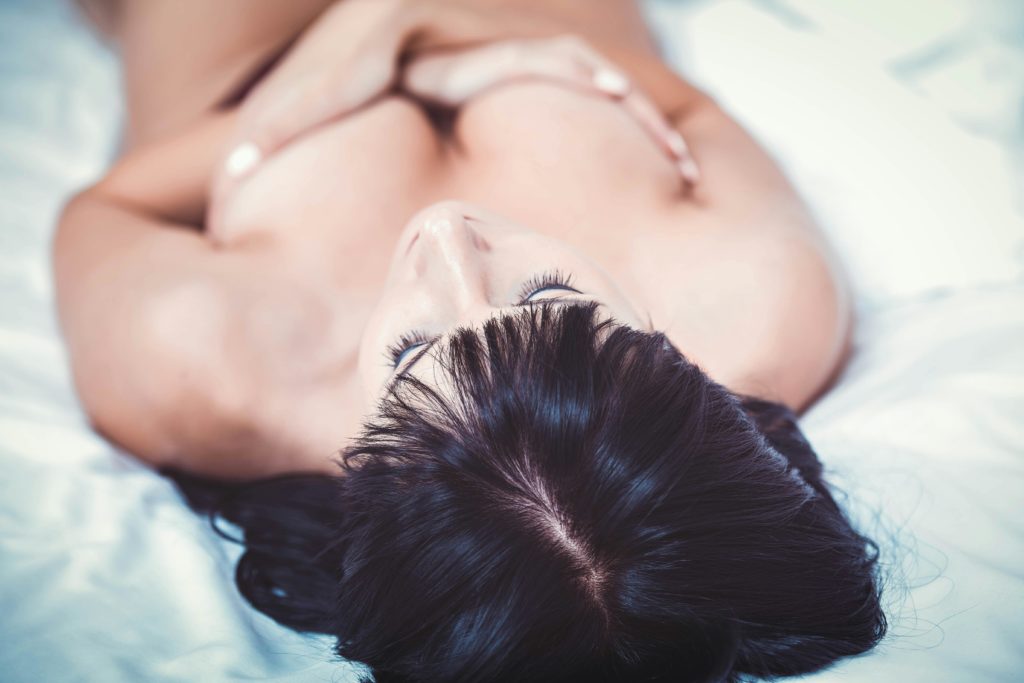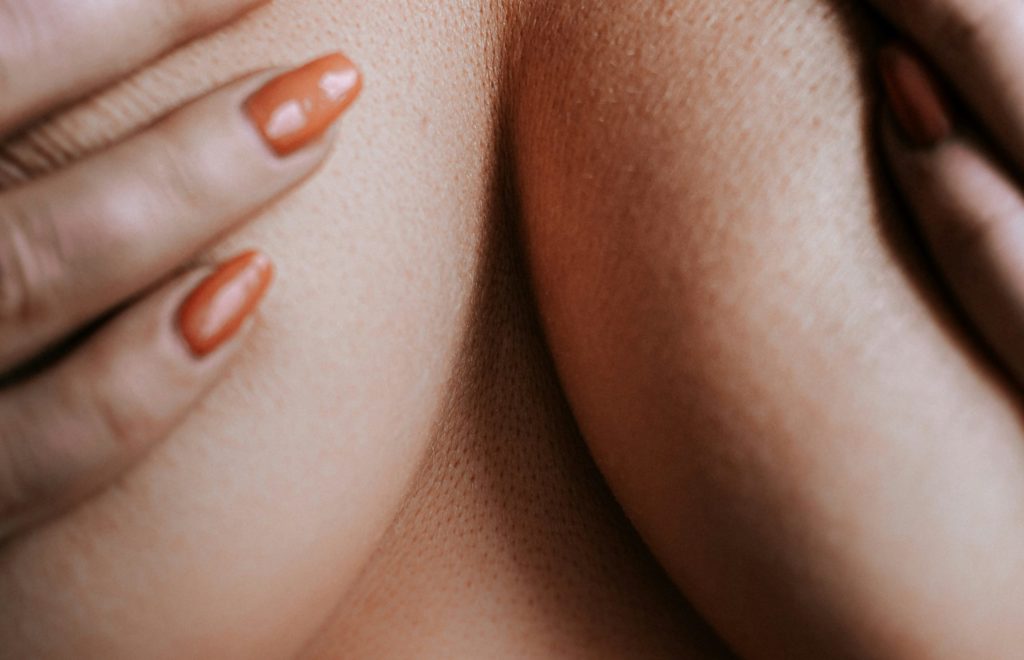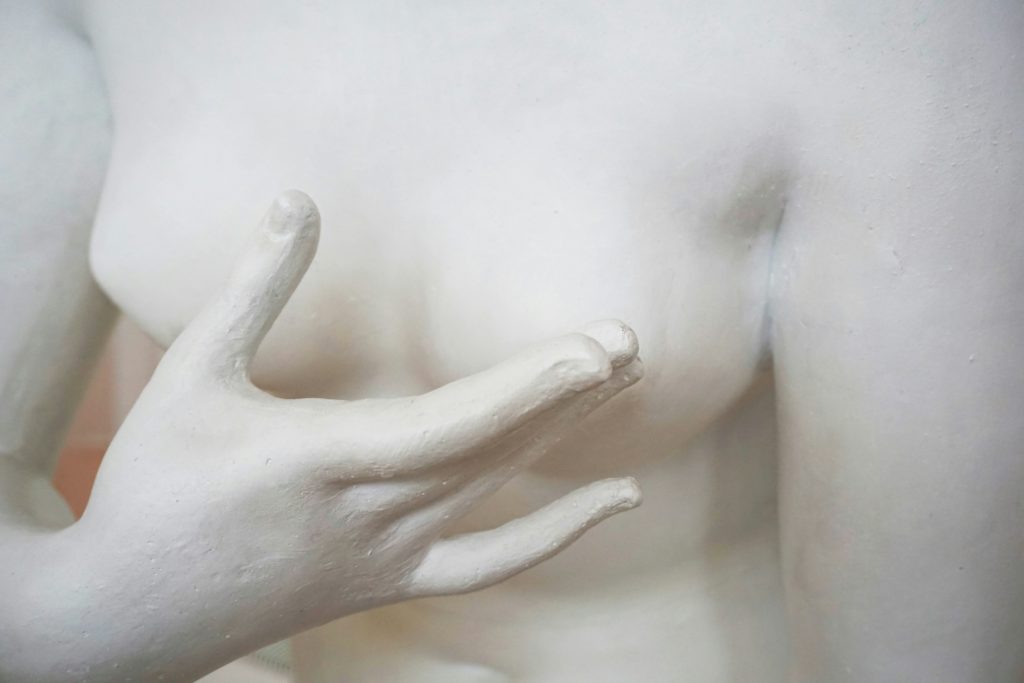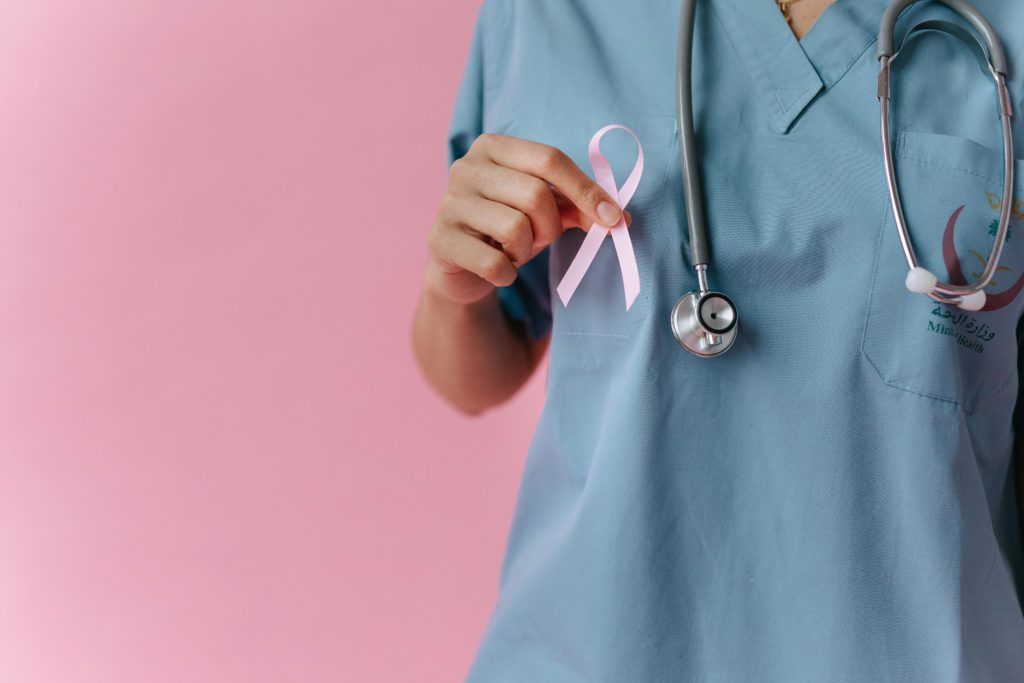Your Health in Your Hands: How to Perform a Breast Self-Exam (BSE)
If you’re a woman reading this, have you ever taken a good, long look at your breasts? Are you aware of how your breasts look and feel?
Although breast cancer is most often found in women, men can get breast cancer too (we’ll leave this topic for another day, though).
Breast self-awareness means being familiar with how your breasts normally look and feel. This way, you can notice any changes in your breasts. While it is important to see a doctor when you notice any changes to your breasts, such as a new lump or discharge from your nipple, do not panic though! Most breast changes are not caused by cancer.
WHAT IS A BREAST SELF-EXAM?
A breast self-examination is a woman’s examination of her breasts for any changes or abnormalities such as lumps, that may signal early breast cancer in early stages, so chances of surviving disease are greatly improved.
WHEN TO DO A BREAST EXAM?
A breast self-examination should be done once every month.
The best time to examine your breasts is 7 to 10 days after the start of your period, when your breasts are least tender and least swollen.
If you no longer have periods, then choose a date that is easy to remember.
HOW TO PERFORM A BREAST SELF-EXAM
A breast self-exam is best done while lying on the bed. You can also check while standing in the shower or in front of a mirror.
WHILE STANDING
In front of a mirror
Step 1: Stand in front of a mirror with your breasts exposed. Press your hands firmly down on your hips (see Figure 1).
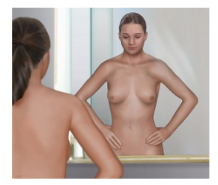
Figure 1: Standing in front of mirror
Step 2 : Look in the mirror for any of these changes in your breasts (see Figure 2)
- Changes in size, shape, or contour of breast
- Mass or lump feel as small as pea
- Dimpling (like the texture of an orange) of your breast skin
- Redness or scaliness (flaking or crusting) of your nipple or breast skin
- Any discharge, eg. bloody or clear fluids from your nipple
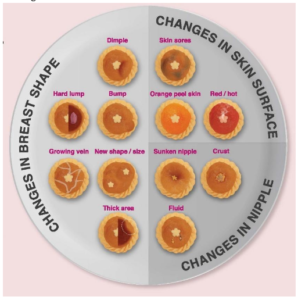
Figure 2: Changes and abnormalities in breasts
Step 3 : Raise one of your arms slightly over your head and examine that underarm. Feel that underarm for any changes or lumps. Do the same thing with your other underarm. Do not raise your arm straight up. Doing this tightens the tissue in this area and makes it harder to examine.
WHILE LYING DOWN
Step 1 : Lie down on your back (see Figure 3) with a small pillow or a folded towel under your right shoulder. Raise your right arm behind your head. When you lie down, your breast tissue spreads out as thinly as possible. This makes it easier for you to feel all the tissue.
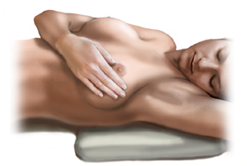
Figure 3 : Lie down on your back with small pillow or folded towel
Step 2 : Use the pads of the 3 middle fingers on your left hand to feel for lumps in your right breast (see Figure 4 and 5). Move your fingers in dime-sized circles up and down your breast while applying pressure. You can move your fingers in clockwise (to the right) or counterclockwise (to the left) circles.


Figure 4 : The pads of your 3 middle fingers Figure 5 : Breast self-exam while lying down
Apply three different levels of pressure when examining each spot on the breast before moving to the next.
- Apply light presure to feel the tissue closest to your skin
- Medium pressure to reach a bit deeper
- Firm pressure to assess the tissue near your chest and ribs. It’s normal to detect thicker or firmer tissue beneath the lower curve of each breast.
Step 3 : Next, examine your whole breast using an upand-down pattern. This is sometimes called the vertical pattern (see Figure 6). Start in your underarm and move your fingers downward, little by little, until they reach the bottom of your rib cage.
Then, move your fingers over slightly toward the middle and move back up until you reach your collarbone. Keep moving your fingers in this up-and-down pattern across your whole breast. You can stop when you reach the middle of your chest bone (also called your sternum or breastbone).
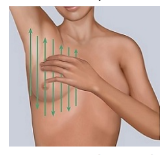
Figure 6 : Using the vertical pattern to examine your breast
Step 4 : Repeat the exam on your left breast using your right hand. If you notice any changes in your breasts, call your doctor.
SIGNS OF BREAST CANCER
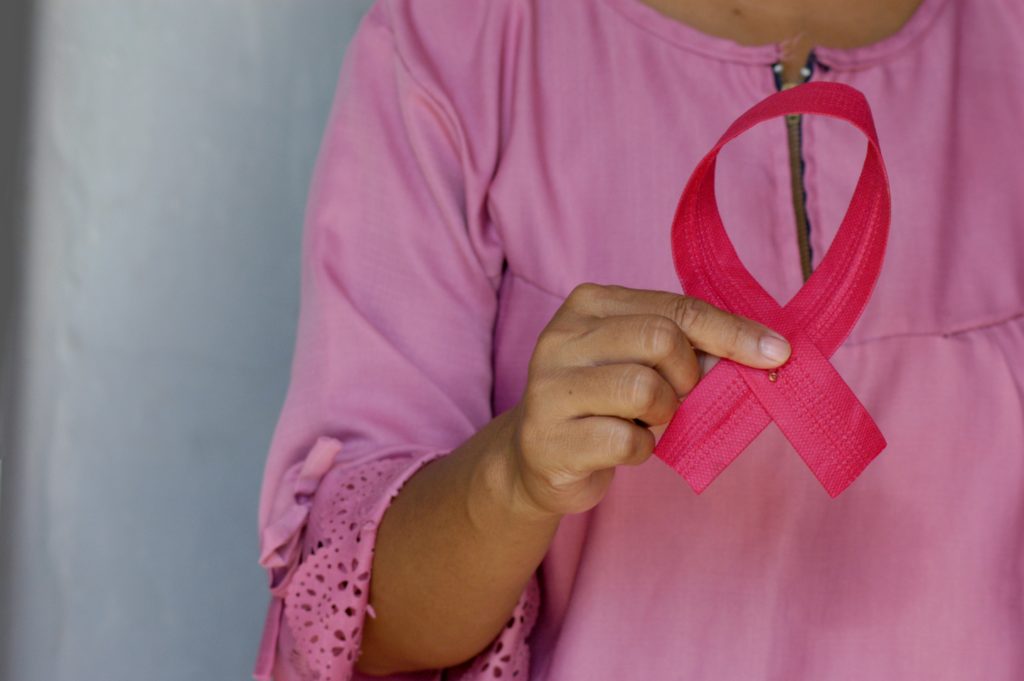
- Lumps
- Asymmetry
- Bleeding
- Orange peel skin
- Nipple retraction
- Discharges
WHAT TESTS CAN YOU DO TO DETECT BREAST CANCER EARLY?
| Depending on your age, the following checks are recommend | 20 – 39 years old | 40 – 49 years old | 50 years old & above |
| Mammogram Screening | – | Once a year | Once every two years |
| Breast Self-Examination (BSE)** | Once a month | ||
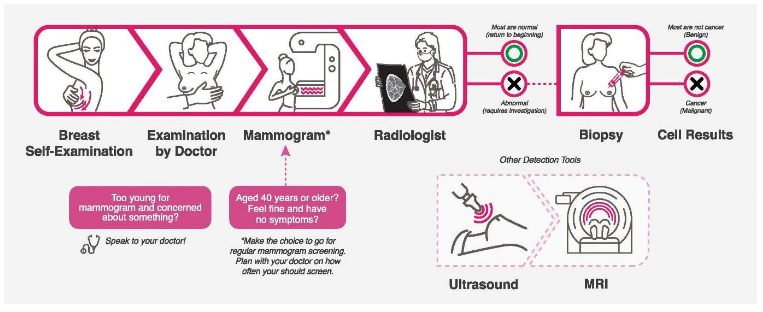
WHEN TO SEE A DOCTOR
Most lumps or changes in the breast are not cancerous. While many women will experience completely harmless changes in their breasts at some point in their lives, it is nevertheless important to have them checked as soon as possible as a precaution.
As an advocate for beautiful and healthy breasts, Premier Clinic as an aesthetic clinic specialising in breast enhancement, has a team of female doctors who understands women’s health issues, including breast disorders and breast issues.
At Premier4Her, a women’s health clinic near you, your confidence and well-being are our top priorities. We offer comprehensive care for breast-related concerns, from regular check-ups to advanced aesthetic solutions. Transform your look and feel your best with treatments like breast injection fillers that enhance your curves and intimate whitening treatments to boost your confidence. Discover the difference at Premier Clinic, where personalized care meets cutting-edge expertise.
If you wish to find out more about the lumps or dimples on your breasts and solutions to it. please contact us for further information:
Whatsapp: https://wa.me/60126625552
Call: +6012-662-5552 (Malay/English)
Call: +6012-773-2074 (Chinese speaking)
Email: contactus@premier-clinic.com

